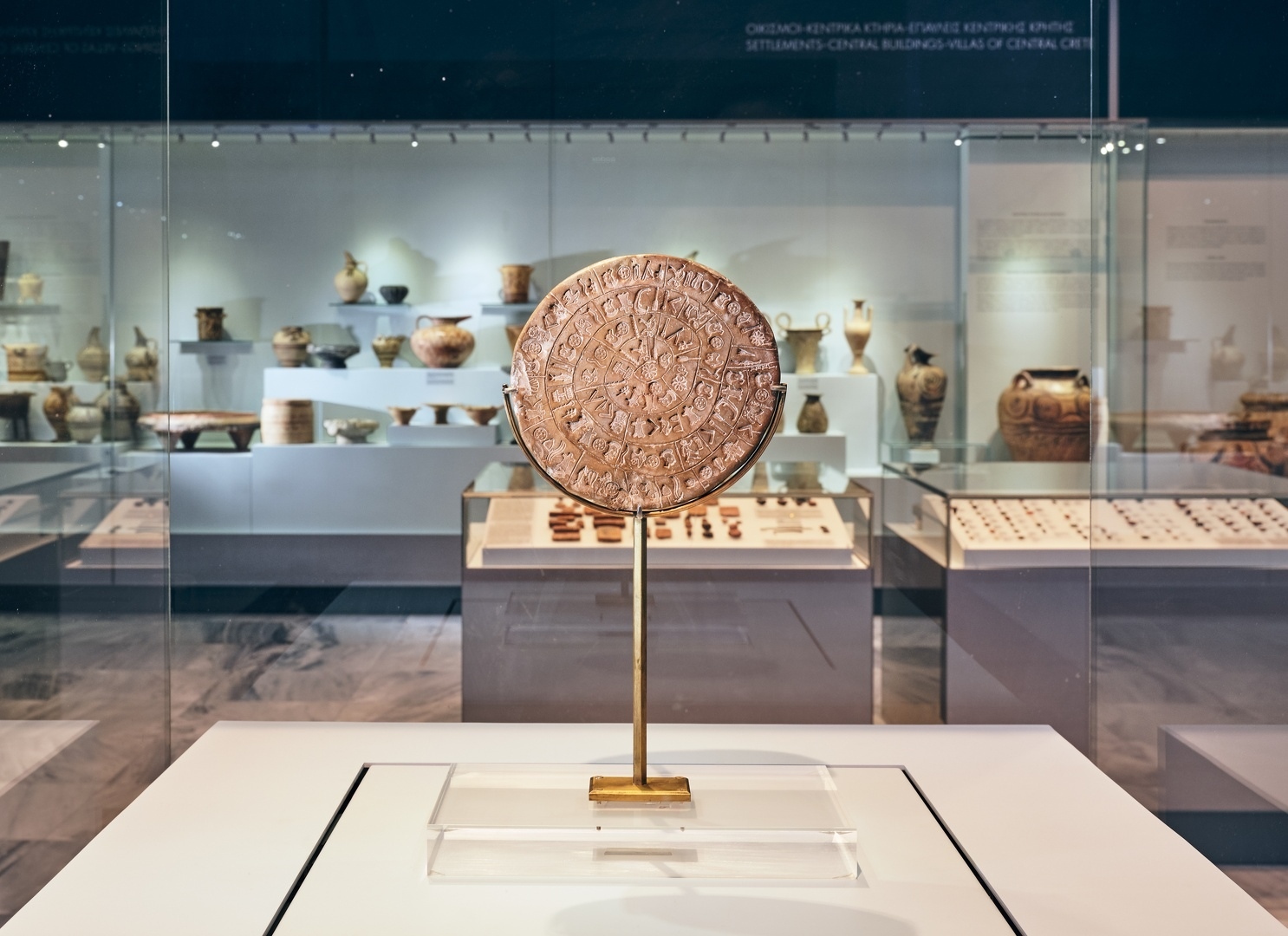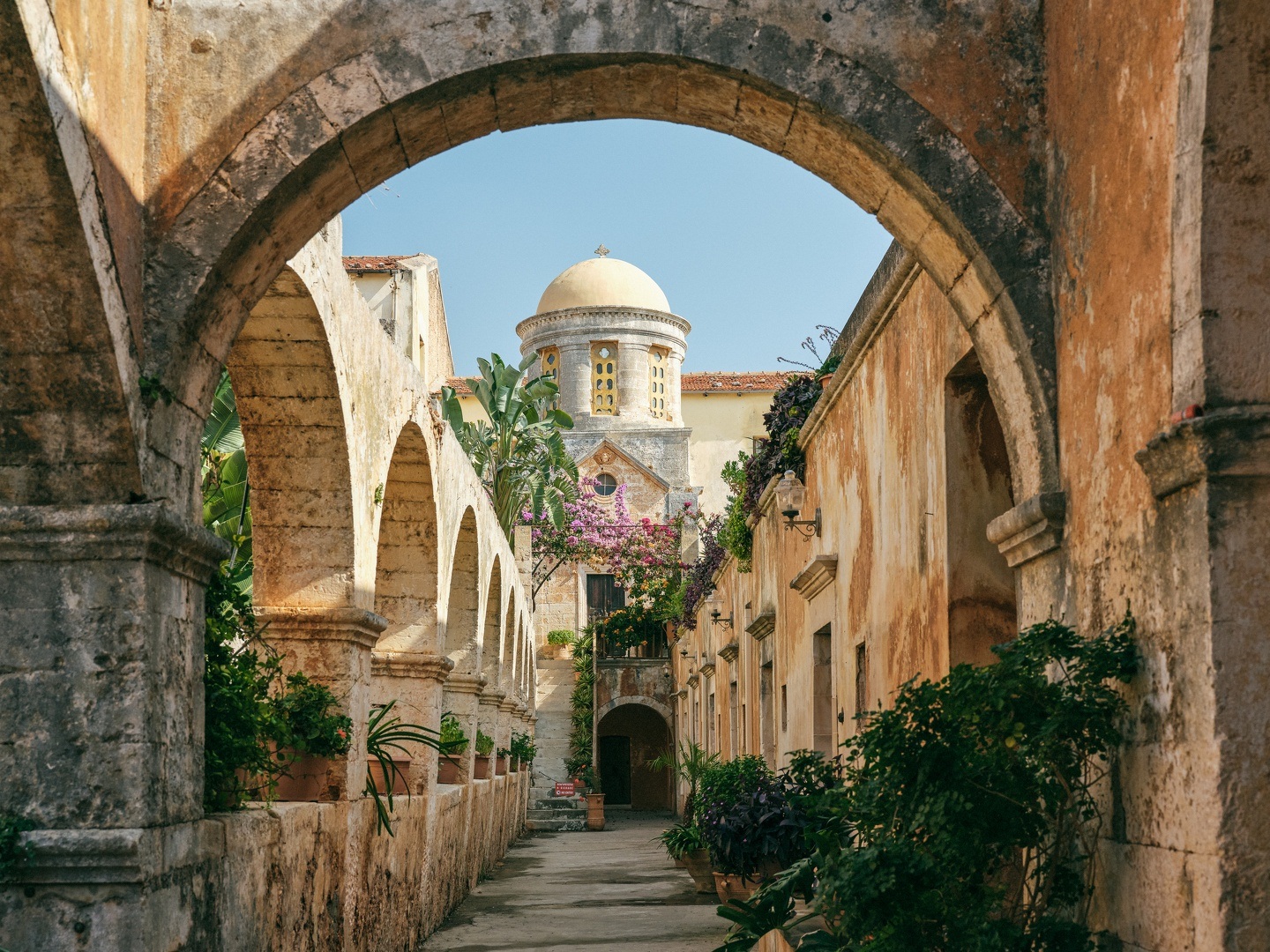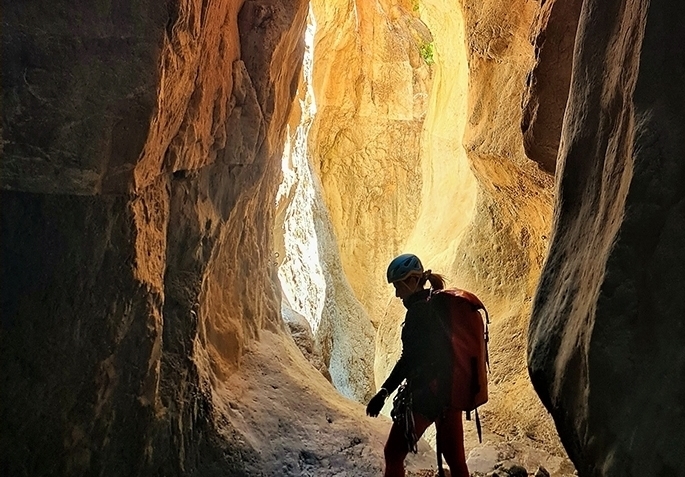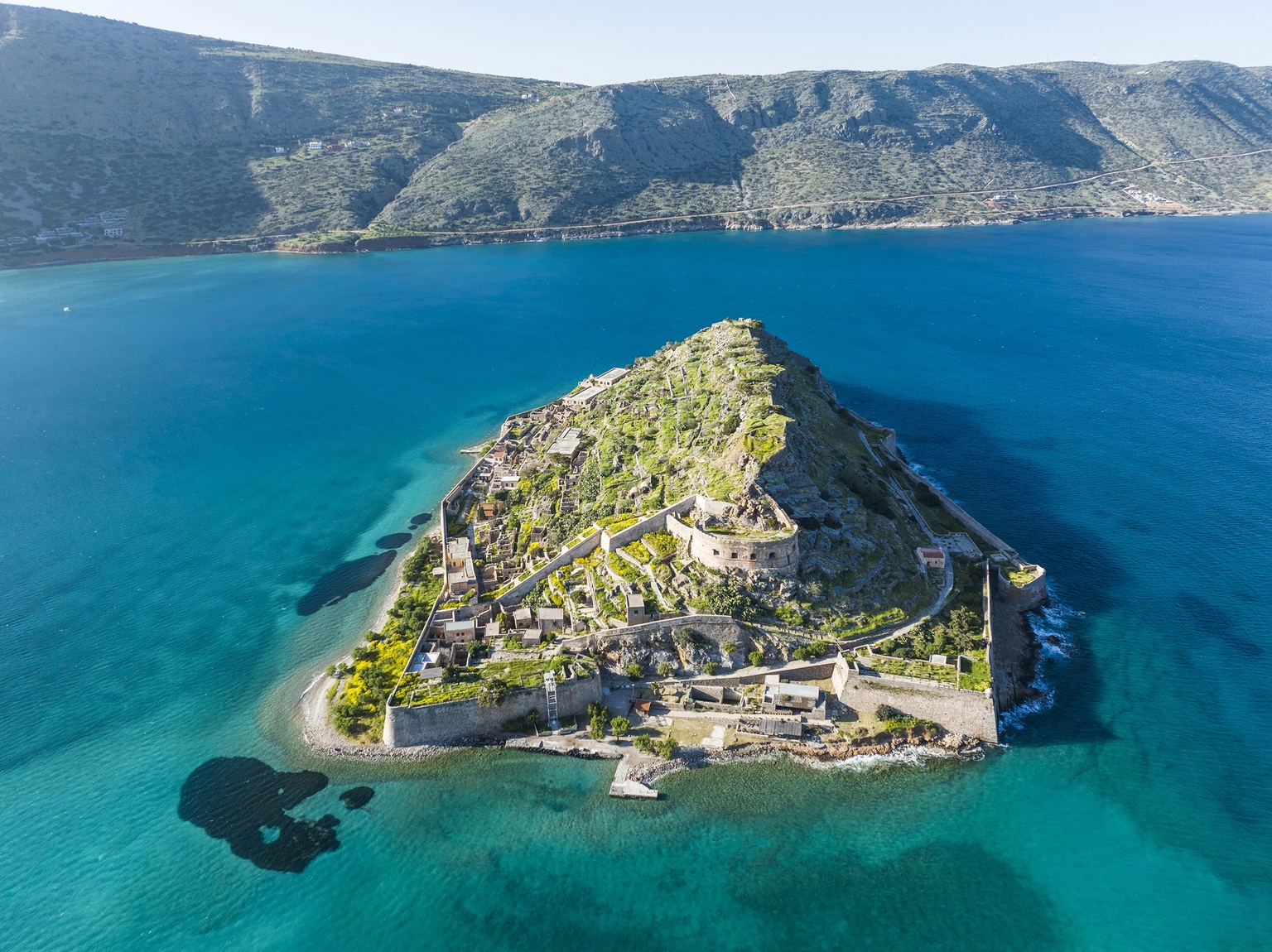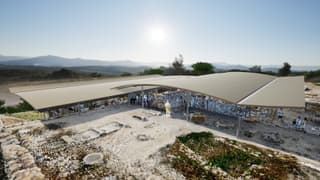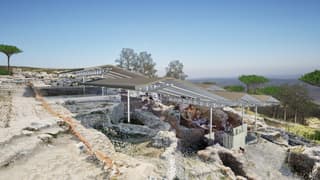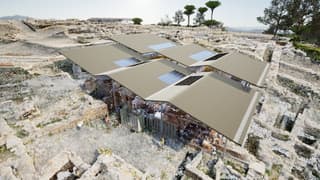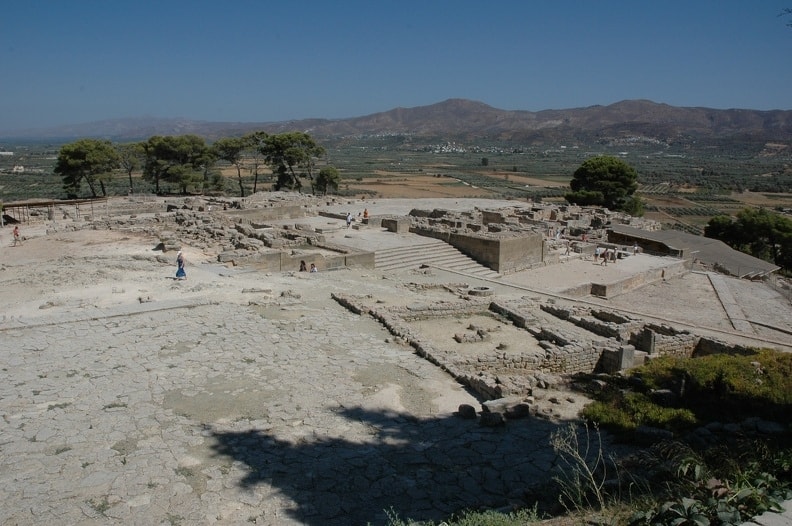Restoration and Protection Projects at the Archaeological Site of Phaistos
Author Discover Crete
Culture
Culture
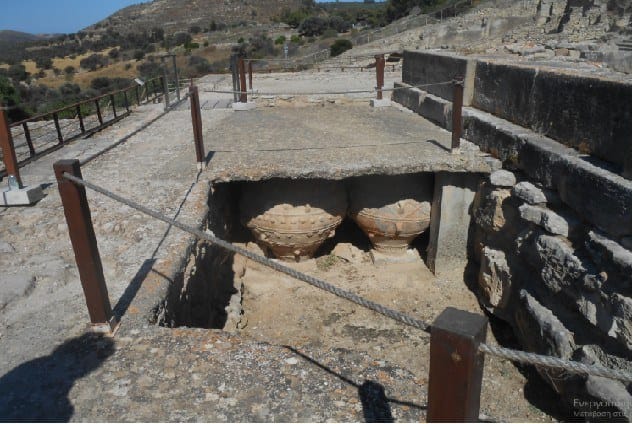
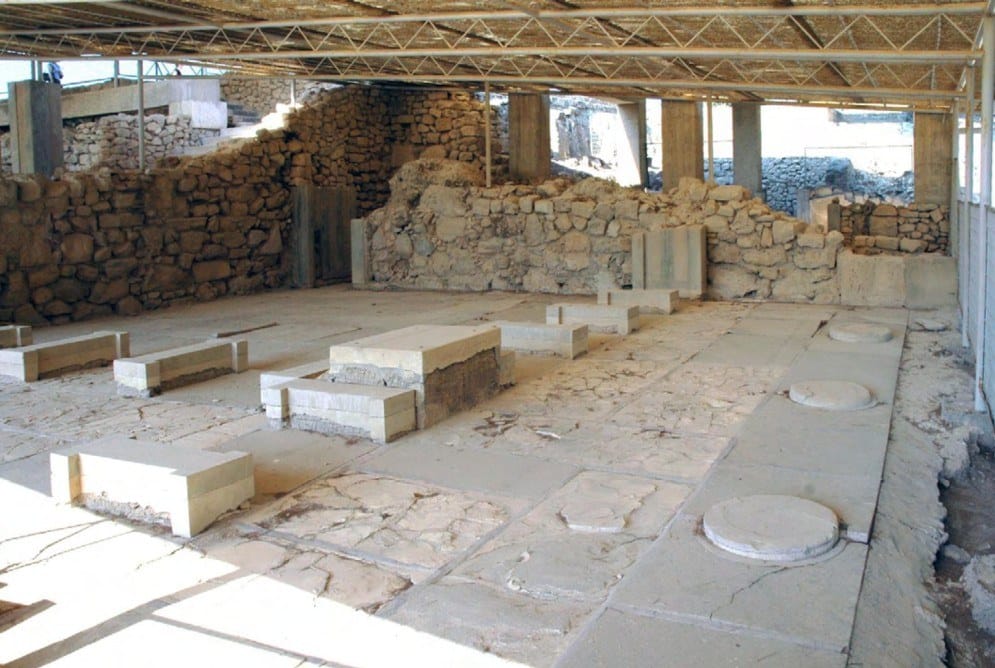
The Ministry of Culture is implementing vital interventions for the preservation and restoration of ancient remnants at the Minoan Palace of Phaistos. These projects, which include the installation of new protective shelters and the stabilization of slopes, are carried out alongside upgrades to visitor facilities and accessibility improvements for individuals with disabilities.
The works are funded by the Regional Operational Program "Crete" under the EU's 2021–2027 NSRF. To ensure these measures progress smoothly, the Central Archaeological Council has approved the geological, geophysical, and geotechnical studies, alongside material research, hydraulic analysis, and conservation proposals for the Old Palace and the Royal Apartments.
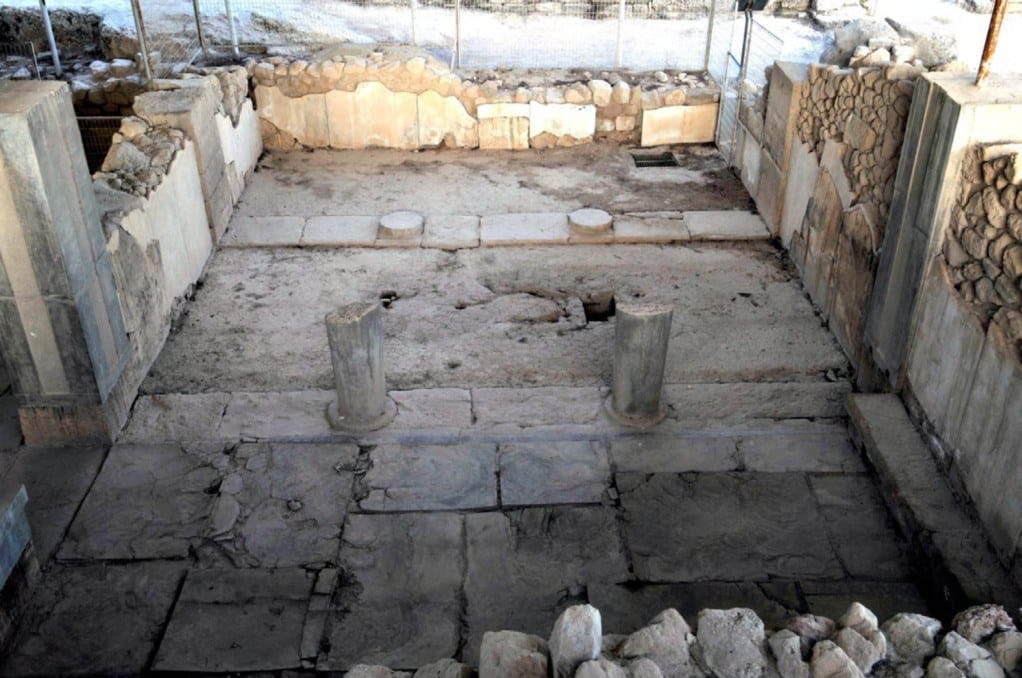
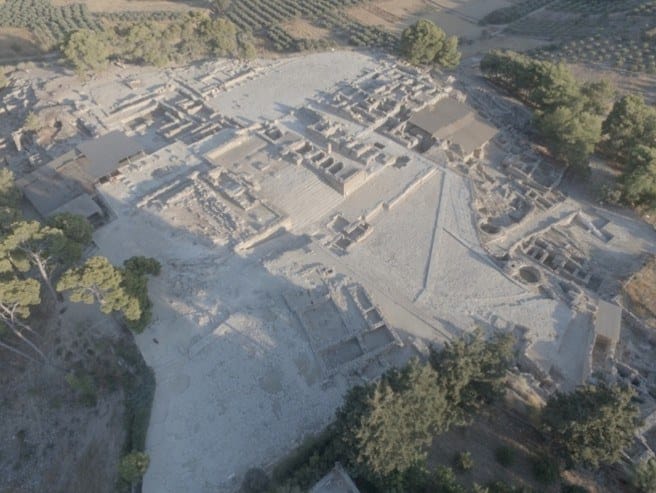
A UNESCO Aspirant
Minister of Culture Lina Mendoni highlighted Phaistos' importance:
“The Minoan Palace of Phaistos, Crete’s second most significant palace complex, is a major archaeological site with high visitor traffic. It is included in Greece’s nomination for the serial inscription of Minoan palaces on UNESCO’s World Heritage List for 2025."
The Ministry, in cooperation with the Region of Crete, has already launched a €2.5 million program to improve visitor services and accessibility, funded by the Regional Operational Program "Crete." At the same time, studies have been approved for upgrading protective shelters, conserving ancient remains, and reinforcing the site against severe flooding caused by climate change.
The plan includes slope stabilization at critical points, effective rainwater management to prevent damage, and replacing existing shelters—some of which date back to the 1960s—with structures designed to minimize their physical interaction with ancient walls.
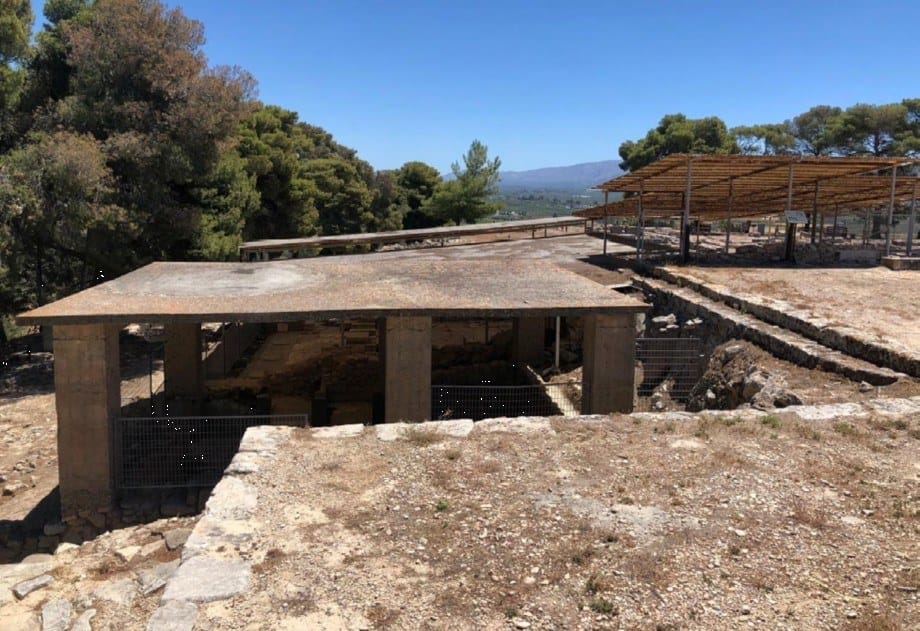
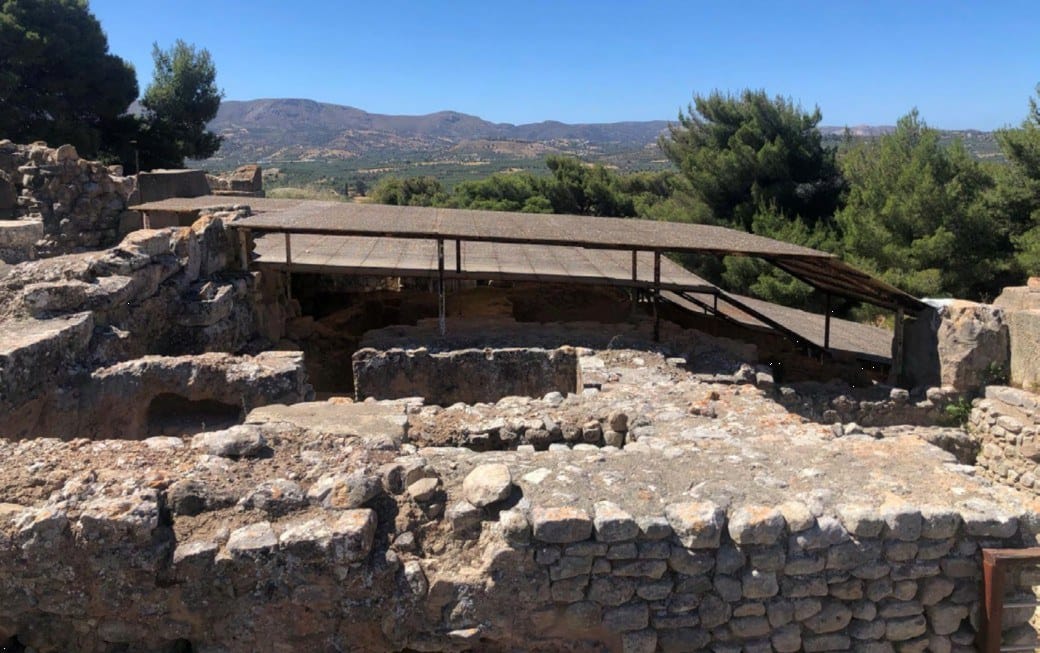
History Sheltered by Modern Expertise
The restoration will include dismantling outdated shelters, replacing them with new designs that offer better protection for delicate remnants, and conducting preventive conservation work. The Old Palace and the Royal Apartments are focal points of this initiative, as their structural walls and frescoes have been affected by millennia of environmental and man-made challenges, including ancient earthquakes and fires.
A Palace Through the Ages
Phaistos has a rich history, with uninterrupted habitation from the 4th millennium BCE to the 2nd century BCE. The Old Palace (1900–1700 BCE) once spanned 9,000 m² and was destroyed and rebuilt twice following earthquakes. Its remnants include walls up to 6 meters high in parts of the southwest wing.
The New Palace, constructed at a higher elevation after the Old Palace’s final destruction, was smaller but more monumental. It featured all the hallmarks of a Minoan palace: a central court, royal apartments, sanctuaries, storerooms, ceremonial halls, and even an elaborate drainage system.
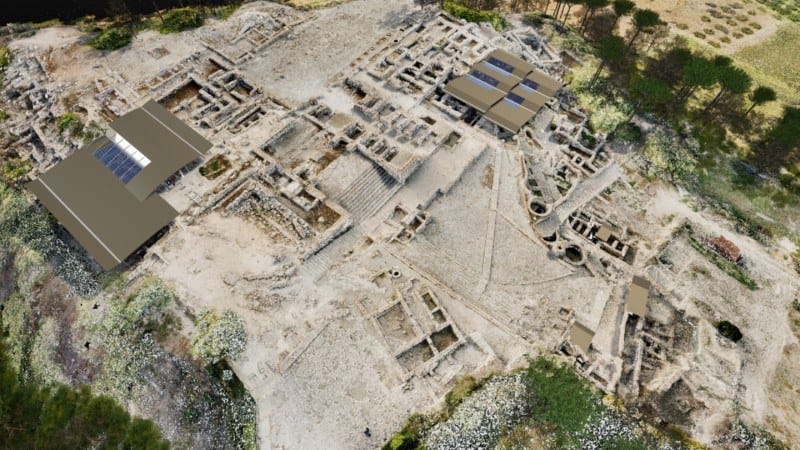

Modern Discoveries and Timeless Significance
Phaistos has captivated archaeologists since Italian scholars Federico Halbherr and Luigi Pernier began excavations in 1900. Among their discoveries was the enigmatic Phaistos Disc, unearthed in 1908. Subsequent work in the 20th century revealed more layers of this fascinating site, including the remains of the prehistoric city surrounding the palace.
The Ministry’s comprehensive approach aims to preserve this extraordinary heritage for future generations while ensuring that visitors can experience the magic of Phaistos in a safe, accessible, and historically enriched environment.
Source: Ministry of Culture


